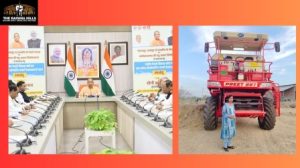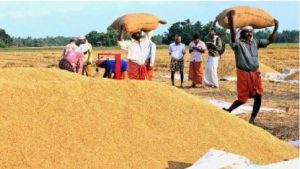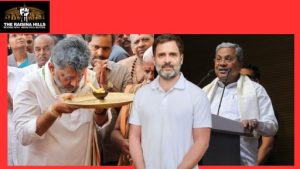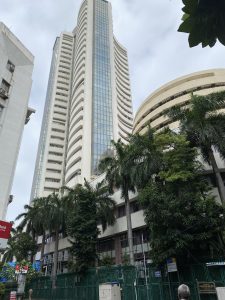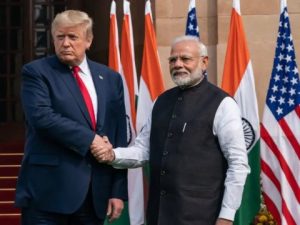Indian economy stays on downward journey
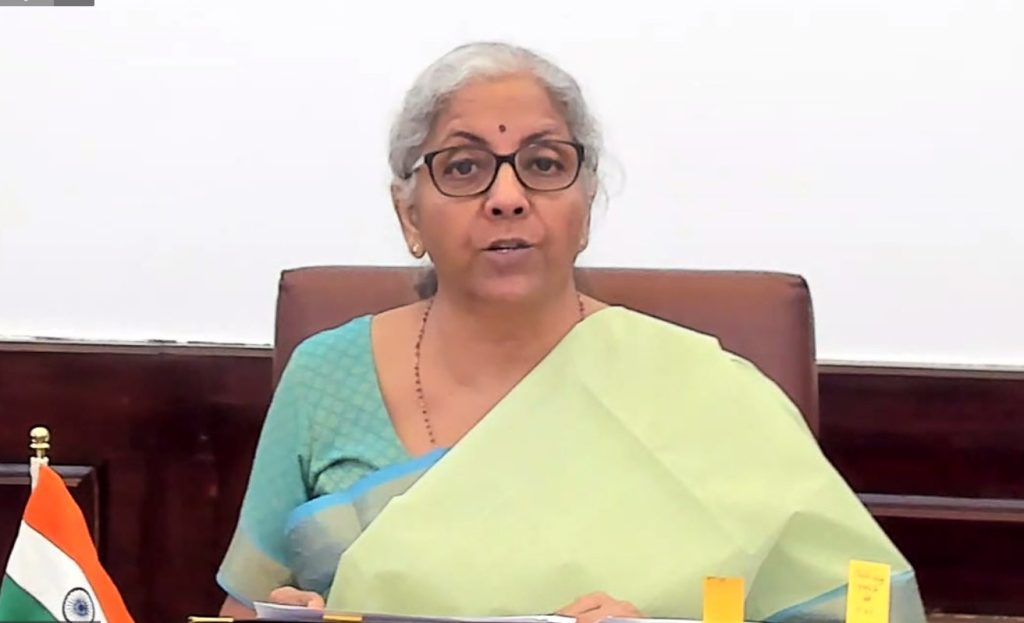
By Maagadh
New Delhi, June 1: The low base effect gives economy a short kick, spiking to delusional heights before falling off the curve.
The Indian economy grew at 20.1 per cent rate in the first quarter of the last financial year (2021-22), with the gross domestic product (GDP) coming in line with most of the countries showed similar trends after coming out of the Covid-19 pandemic shutdown. Reality struck in the last quarter as the GDP growth slumped to 4.1 per cent.
Indian economy in the last fiscal grew at 8.7 per cent. It helped giving the headlines to the mainstream media that India remains the fastest the growing economy in the world.
The harsh reality, however, has been left for the economists to decipher that India is facing a serious threat of stagflation, a situation where economy is on low growth path accompanied by high price rise (inflation).
Graph of the GDP growth of the last four quarters in 2021022 tells the larger story of the Indian economy falling off the curve.
The first quarter GDP growth of 20.1 per cent was followed by 8.4 per cent in the second quarter, and the third hit the 5.4 per cent mark to finally slump to 4.1 per cent. The GDP growth rate arrow is pointed sharply downwards.
The meek explanation that the quarterly GDP growth took the blow from the third wave of the Covid-19 pandemic should be too shallow, for there had hardly been any disruptions and the people thronged to the market places even when the numbers were on the rise for a short span.
The character of the Indian economy is widely known to be of low income employment while the government remains high on the welfare doles.
The Indian economy had stayed on a plateau for quite a few years before falling off the cliff on its downward journey.
After the economy was battered in the first few years of the second term of the Manmohan Singh-led United Progressive Alliance (UPA) government, there was a slight uptick. Prime Minister Narendra Modi was handed over an economy that grew at 7.41 per cent in 2014. It peaked at 8.26 per cent in 2016. Afterwards, the journey has been downhill — 6.80 per cent in 2017, 6.53 per cent in 2018, 4.04 per cent in 2019.
The pandemic struck when the Indian economy was already fragile, and it went down under water with negative growth of minus 7.96 per cent in 2020.
The economy fell off the cliff in 2018 after the Modi government went on a welfare dole drive ahead of the 2019 Lok Sabha elections. The poll victory emboldened the government to stay on populist path, blocking resources for schemes, which by nature are meant to protect the vote share of the ruling Bharatiya Janata Party (BJP).
The fiscal space for the government had been favourable until the pandemic struck in the face of the low crude oil good consistent Monsoons. The gains were lost as public spending on infrastructure expansion remained constrained.
Barring privatisation of Air India and equity dilution of the Life Insurance Corporation, the disinvestment agenda of the government has remained on paper.
Now, India will have to face stagflation. The government’s populist bind is now firm, with Lok Sabha elections only two years away.
